Overview
The concept of Made in Italy typically evokes images of high-quality craftsmanship, elegant design, and timeless aesthetics. However, in a constantly evolving world, it’s essential that Made in Italy doesn’t remain confined to the past but transforms itself to appeal to the new generations of buyers as well. At MM Company, while providing creative consultancy to companies in the furniture and fashion sectors, we continually ponder how Made in Italy can reinvent itself to remain relevant in the future, updating its charm for the new generations?
1. DESIGN-CULT
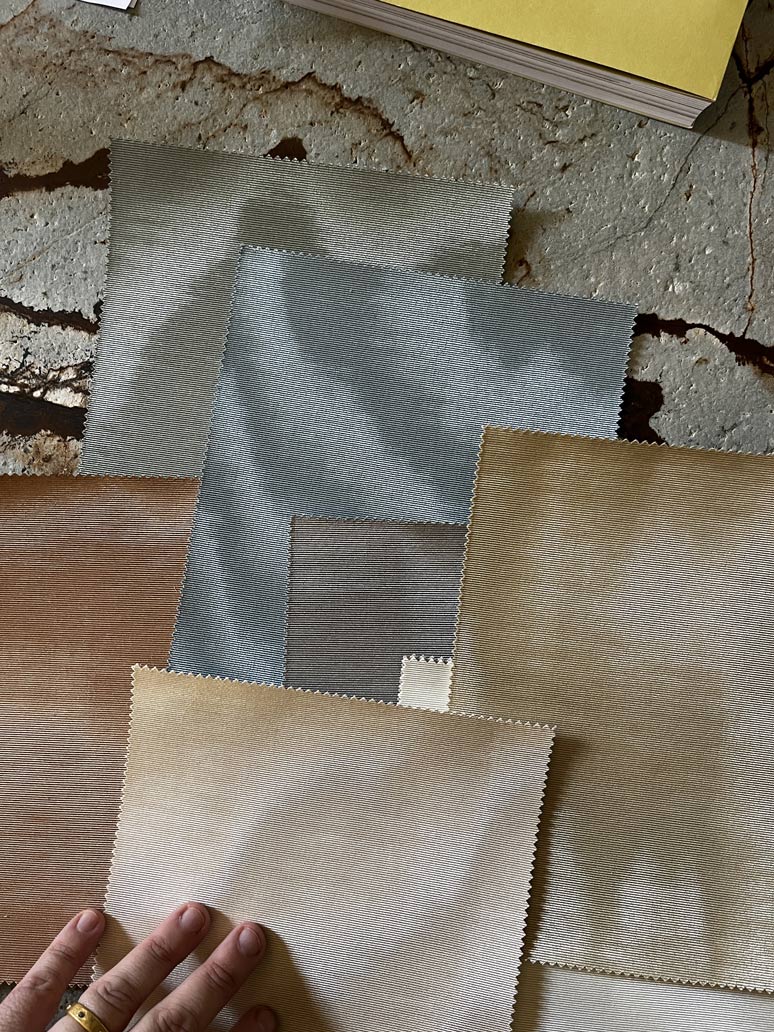

2. GLOBAL CREATIVITY
The combination of international design and the production know-how rooted in Italian districts creates a unique blend, more capable of intercepting the needs and aesthetic tastes of the global market, giving Made in Italy an extra edge.
After all, Italian cuisine wouldn’t be what it is without the “contamination” of international ingredients and techniques: international designers are a crucial ingredient for a contemporary recipe.
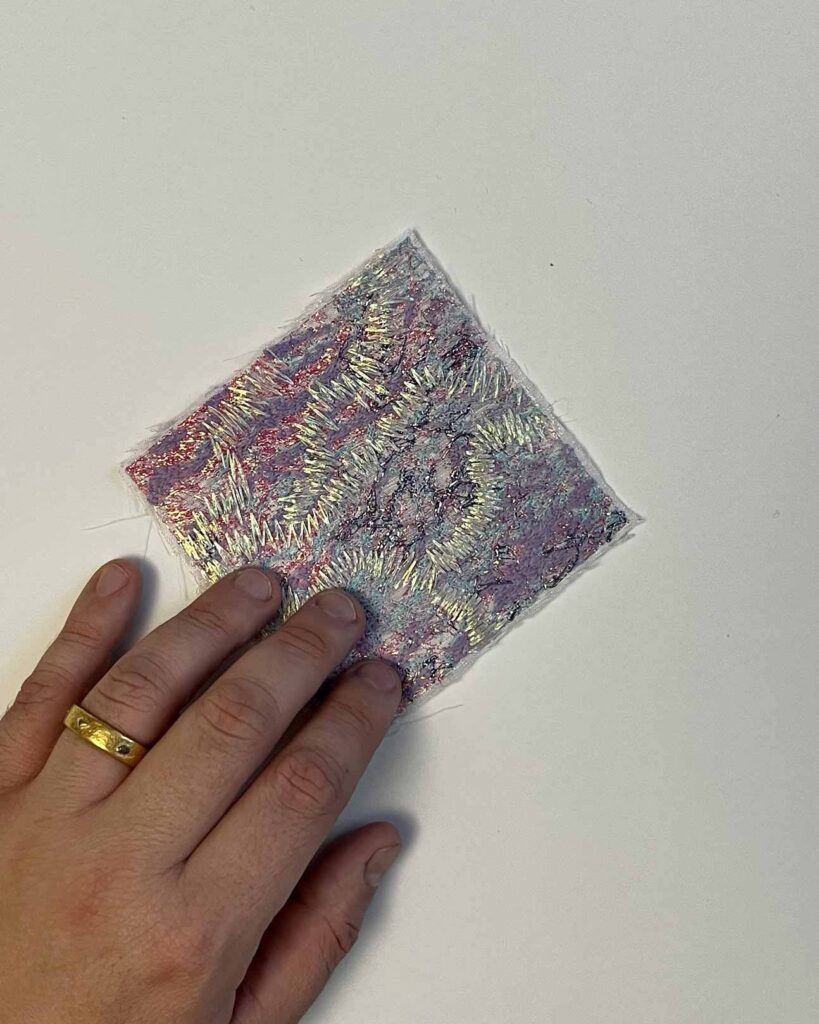
3. COOL NARRATIVE
This creates an original brand imagery and fosters an emotional connection with consumers.

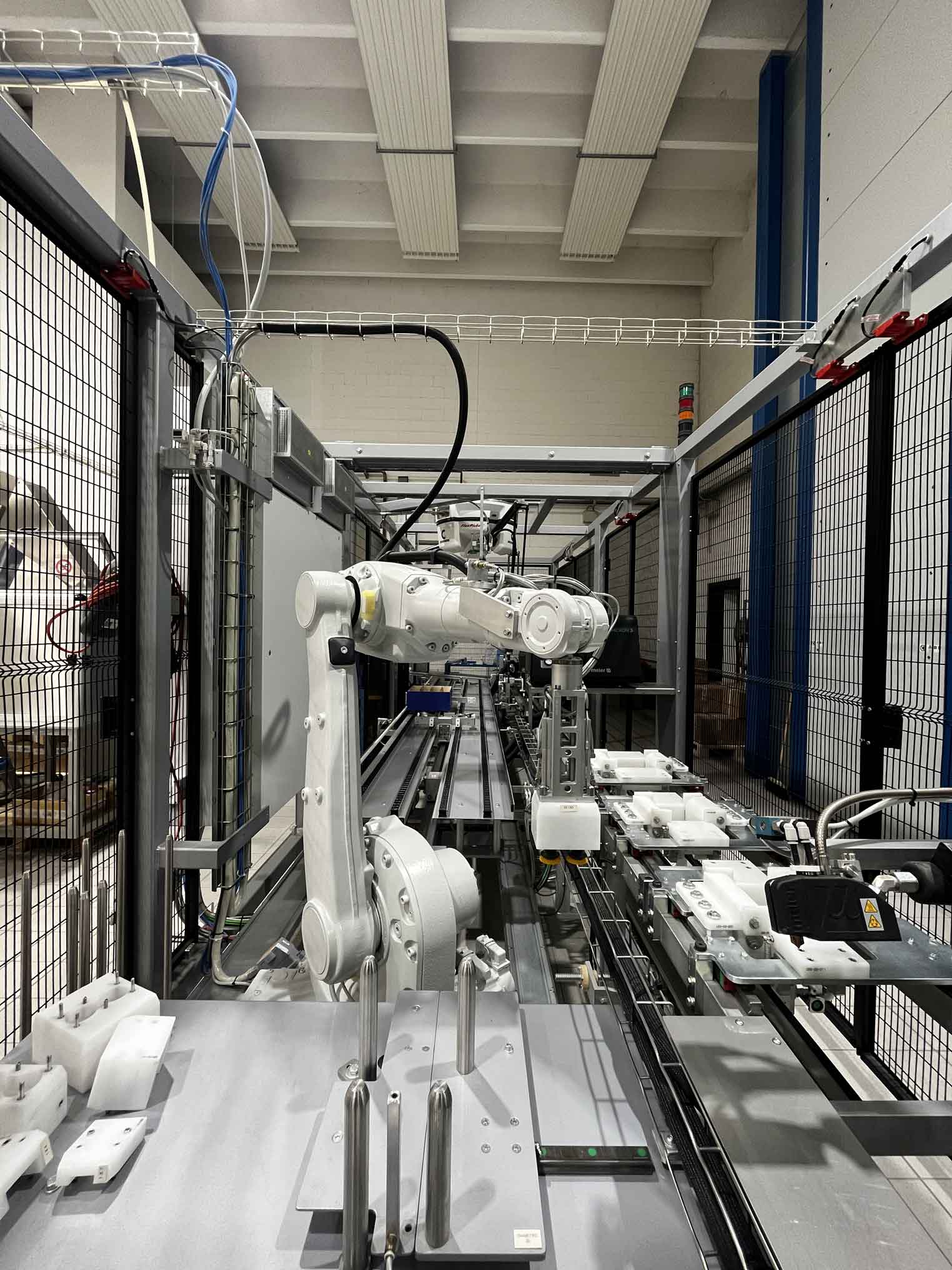
4. COLLAB
An effective strategy to make Made in Italy more appealing to the new generations is through collaborations with emerging brands and designers to create experimental capsule collections, with a fast time-to-market and a stronger aesthetic (unlikely to follow a continuous collection logic). These collaborations not only bring a touch of freshness and innovation to the brand but can also help expand the target audience: they can generate new and diversified interest in a specific, even international, target. Moreover, collabs with influencers and prominent figures in the design world can amplify the brand’s visibility and increase its credibility in the eyes of the new generations.
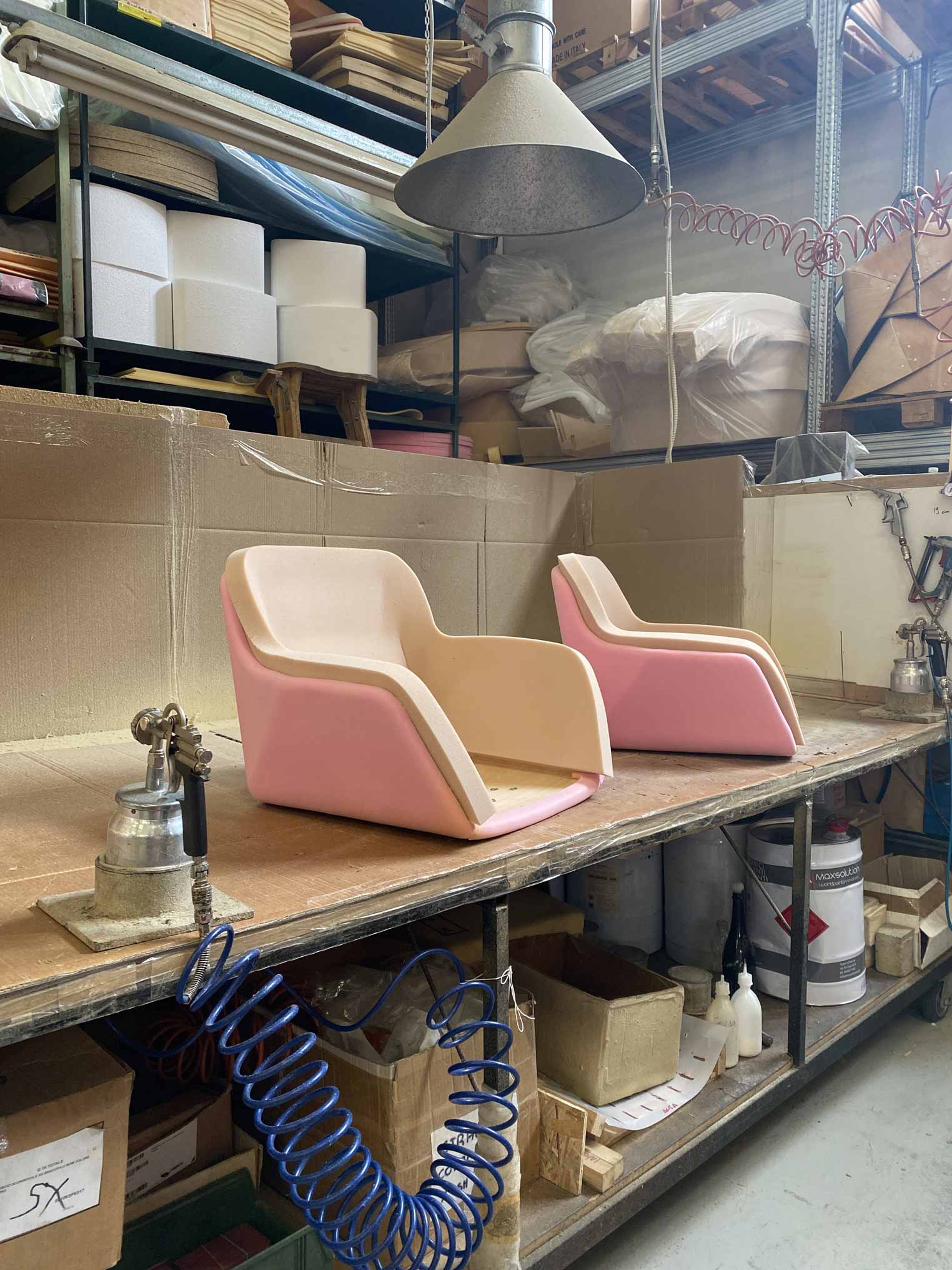
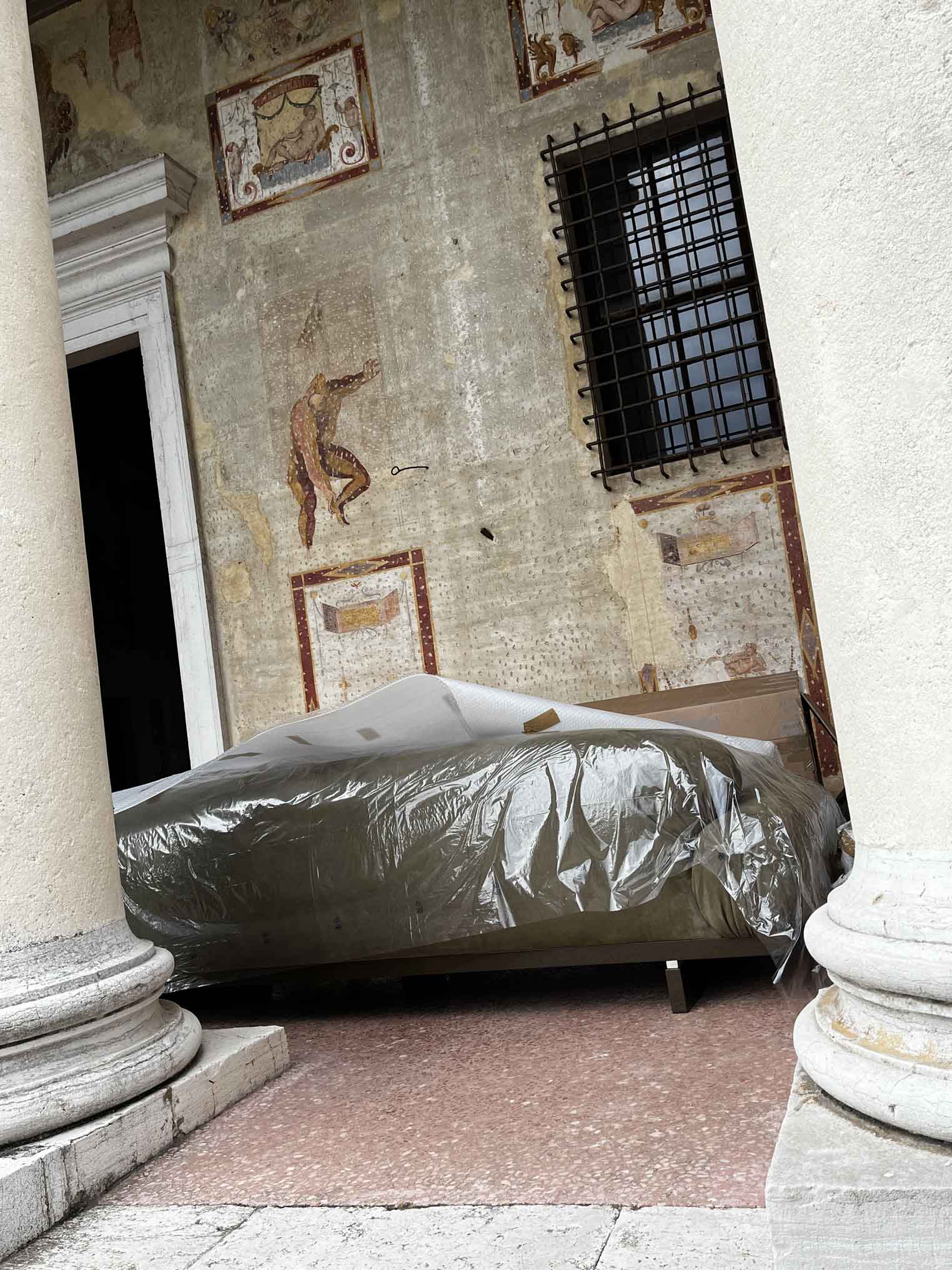
5. CHANNELS
In addition to traditional channels such as specialized magazines and trade shows, it’s essential for the brand to tell its brand DNA story on digital channels, podcasts, and social media, where the new generations spend much of their time and form ideas about what to buy. Creating engaging and visually appealing, digital-native content, such as 3D videos, tutorials on space decoration, design inspirations, and behind-the-scenes of the production process, can generate interest and engagement. Finally, investing in an intuitive and user-friendly online presence, with a well-structured e-commerce and timely and personalized customer service, can facilitate the purchasing process and foster loyalty among younger customers.
Additionally, there are factors that we consider now taken for granted, yet as important as non-distinctive. Among these: the fact that an expensive product is of high quality and therefore durable, that it is technologically advanced, that it uses recycled and environmentally conscious materials, that it is customizable according to one’s space and style needs.

THE VISION OF MM COMPANY
However, to do so, it’s essential that Made in Italy adapts to the ever-changing tastes and needs of the market, embracing innovation, offering personalized and online experiences, valorizing history, and collaborating with emerging talents. Only through this combination of tradition and modernity can Made in Italy maintain its relevance and charm in the international landscape even in the future.